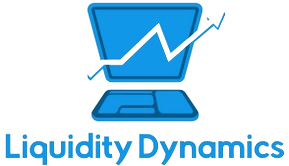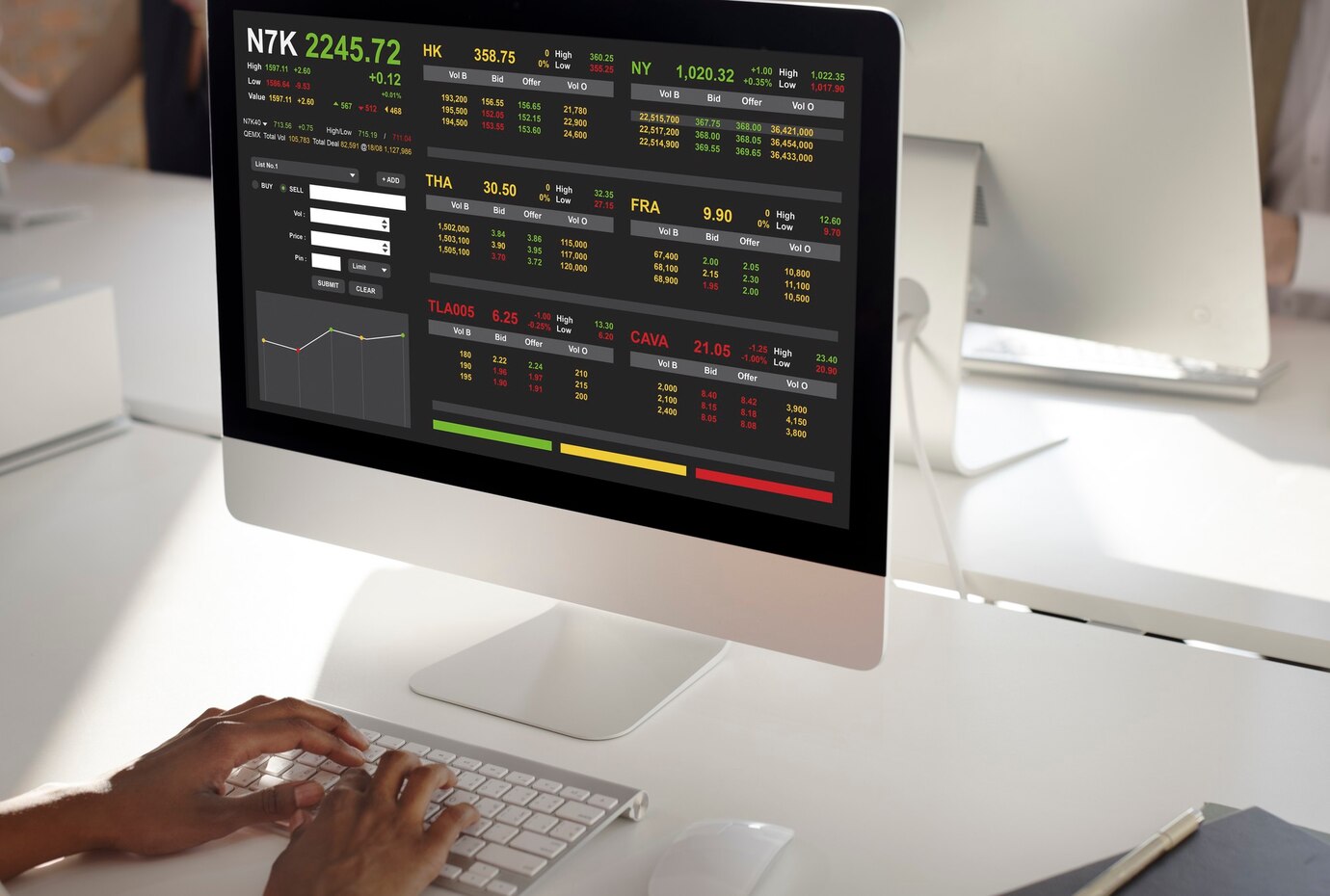In the fast-paced world of Forex trading, mastering the art of timing is paramount. This article delves into the intricacies of using multiple timeframes, offering valuable insights and strategies to enhance your trading prowess.
Benefits of Using Multiple Timeframes
| Benefit | Short-Term Timeframe | Medium-Term Timeframe | Long-Term Timeframe |
| Trend Identification | Capture rapid movements | Uncover sustained trends | Discern overarching directions |
| Risk Management | Diversification for risk spread | Analyze volatility for potential risks | Strategically place stops based on timeframe |
| Decision-Making Precision | Pinpoint optimal entry points | Confirm signals across timeframes | Determine exit points considering trends |
| Comprehensive Market View | Understand broader dynamics | Delve into specific price actions | Combine micro and macro views |
| Adaptability to Market Conditions | Filter out short-term noise | Adjust strategies based on volatility | Seamlessly transition between market phases |
Incorporating multiple timeframes into your trading strategy empowers you with a holistic perspective, enabling better-informed decisions and increased adaptability to the dynamic Forex market.
Setting Up Multiple Timeframes in Trading
Setting up multiple timeframes in trading is a crucial step for traders seeking a comprehensive view of the market’s dynamics. This process involves configuring charts and analytical tools to simultaneously display price data at different intervals. The goal is to gain insights into short-term fluctuations, medium-term trends, and long-term movements, allowing traders to make informed decisions based on a well-rounded analysis.
Practically, traders can set up multiple timeframes on their chosen trading platform, adjusting the settings for each chart to represent their preferred time intervals. This typically involves selecting specific time periods, such as minutes, hours, or days, depending on the trader’s strategy and preferences. Additionally, traders may customize technical indicators and overlays for each timeframe, enhancing their ability to identify key trends and potential entry or exit points.
Efficiently setting up multiple timeframes requires a thoughtful approach, considering the trader’s goals, risk tolerance, and the overall trading strategy. By aligning these timeframes strategically, traders can develop a more holistic understanding of market movements, ultimately enhancing their decision-making process and increasing the likelihood of successful trades.
Common Mistakes to Avoid
In the dynamic realm of Forex trading, avoiding common mistakes is essential for sustained success. One prevalent error traders often make is overcomplicating their strategies by incorporating too many timeframes simultaneously. This can lead to information overload, making it challenging to make clear and timely decisions. It’s crucial to strike a balance and focus on a manageable number of timeframes that align with your trading objectives.
Another common pitfall is neglecting risk management principles. Traders might be tempted to disregard stop-loss orders or improperly place them, exposing their positions to unnecessary risks. A disciplined approach to risk management, including setting appropriate stop-loss levels and position sizing, is imperative to safeguarding capital and preventing significant losses.
Furthermore, emotional trading remains a stumbling block for many. Allowing emotions like fear and greed to dictate decisions can lead to impulsive actions and deviate from a well-thought-out strategy. Traders should cultivate emotional resilience, stick to their predefined plans, and view losses as part of the learning curve rather than a reason for emotional reactions. Steering clear of these common pitfalls contributes to a more robust trading approach and increases the probability of long-term success in the Forex market.
Impact of Economic Events on Timeframes
The impact of economic events on various timeframes in Forex trading is profound, influencing market dynamics and shaping trading strategies. Understanding how economic events reverberate across different timeframes is crucial for traders seeking to make informed decisions. Here, we’ll explore this impact and its implications:
- Short-Term Timeframes:
- Volatility Spike: Economic events such as interest rate decisions or employment reports can lead to abrupt price movements in the short term.
- Quick Reversals: Traders focusing on short-term timeframes may experience rapid changes in market sentiment and trend direction during and after significant economic announcements.
- Medium-Term Timeframes:
- Trend Confirmation: Economic events often serve as catalysts for sustained medium-term trends. Traders on these timeframes can capitalize on the confirmation of these trends following impactful economic releases.
- Fundamental Analysis Influence: Medium-term traders may rely more heavily on fundamental analysis tied to economic events to gauge the overall health of a currency.
- Long-Term Timeframes:
- Structural Changes: Major economic events can bring about structural changes in currency values over the long term. Shifts in economic policies, geopolitical events, or global economic trends may significantly impact long-term perspectives.
- Strategic Adjustments: Long-term traders need to be adaptable to changing economic landscapes. Economic events provide cues for adjustments in long-term strategies, such as position reallocation or portfolio rebalancing.
In summary, economic events act as pivotal moments across various timeframes, influencing market behavior and offering traders opportunities for strategic decision-making. Short-term traders may navigate volatility, medium-term traders capitalize on trend confirmations, and long-term traders adjust strategies based on fundamental shifts. Recognizing the impact of economic events on different timeframes empowers traders to navigate the complexities of the Forex market more effectively.
Integrating Fundamental Analysis
Integrating fundamental analysis into your Forex trading strategy is a cornerstone for making informed and well-rounded decisions in the dynamic currency markets. Unlike technical analysis, which primarily focuses on historical price movements, fundamental analysis delves into the underlying economic factors that influence currency values. By incorporating fundamental analysis, traders gain a deeper understanding of the market forces driving currency movements, allowing for more strategic and informed trading.
Fundamental analysis involves evaluating economic indicators, central bank policies, geopolitical events, and other macroeconomic factors that can impact a country’s currency. For instance, a trader may analyze employment data, inflation rates, or interest rate decisions to gauge the overall health of an economy. By integrating these fundamental factors into their analysis, traders can identify potential long-term trends, anticipate market shifts, and make more accurate predictions about currency movements.
Moreover, fundamental analysis complements technical analysis, creating a robust trading strategy. While technical analysis provides insights into entry and exit points based on historical price patterns, fundamental analysis helps traders understand the broader economic context in which these patterns unfold. This integration enhances a trader’s ability to make well-informed decisions, especially when navigating through periods of economic uncertainty or rapid market changes. Ultimately, mastering the art of integrating fundamental analysis empowers traders to navigate the complexities of the Forex market with greater confidence and a more comprehensive perspective.
Long-Term vs. Short-Term Trading Considerations
| Consideration | Short-Term Trading | Long-Term Trading |
| Time Horizon | Brief – Intraday to a few days | Extended – Weeks to Months/Years |
| Risk Tolerance | High due to frequent fluctuations | More patient and risk-resilient |
| Technical vs. Fundamental Analysis | Emphasis on Technical Analysis | Blend of Technical and Fundamental Analysis |
Both trading approaches have their merits, and the choice often depends on the trader’s preferences, risk appetite, and overall trading strategy. Short-term traders thrive on quick decision-making and agility, while long-term traders require a more patient and enduring mindset, focusing on broader market trends and fundamentals. Understanding these considerations is pivotal for aligning one’s trading style with their financial goals.
FAQs
Q: Can I use multiple timeframes with any trading strategy? Absolutely! Multiple timeframes complement various trading strategies, offering a broader perspective for decision-making.
Q: How do I avoid information overload when using multiple timeframes? Focus on key timeframes aligned with your trading style. Too many timeframes can lead to confusion; simplicity often breeds success.
Q: Is it necessary to monitor timeframes constantly? While regular monitoring is beneficial, it’s crucial to strike a balance. Set realistic check-in intervals to avoid unnecessary stress.
Q: Can multiple timeframes help in predicting market reversals? Yes, by analyzing different timeframes, you can identify potential reversal signals and make informed decisions.
Q: Are there specific timeframes better suited for beginners? Beginners often find success with longer timeframes as they provide a clearer view of market trends and reduce the impact of short-term volatility.
Q: How can I adapt my strategy to changing economic conditions? Regularly assess economic indicators on various timeframes. Adjust your strategy to align with prevailing economic trends.

